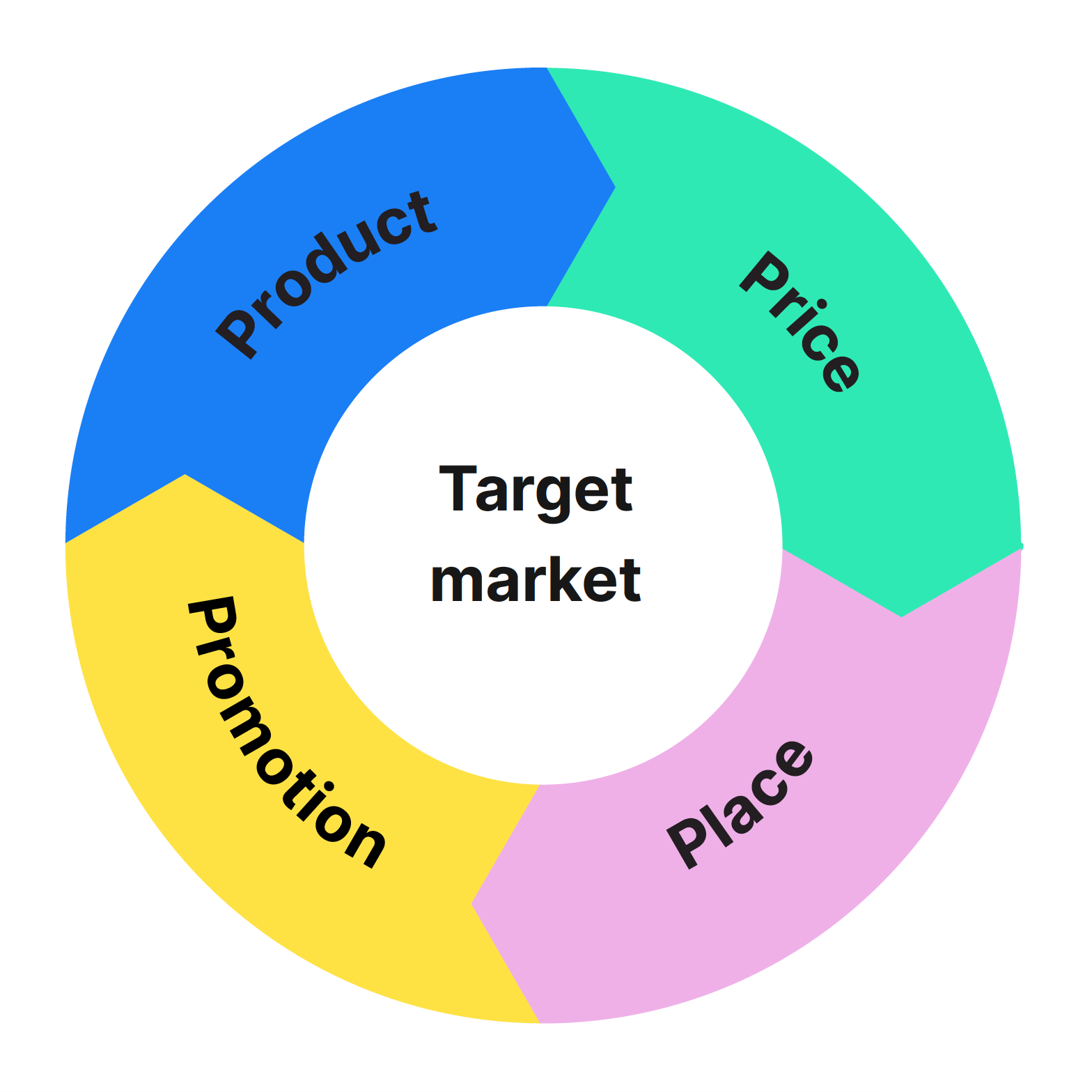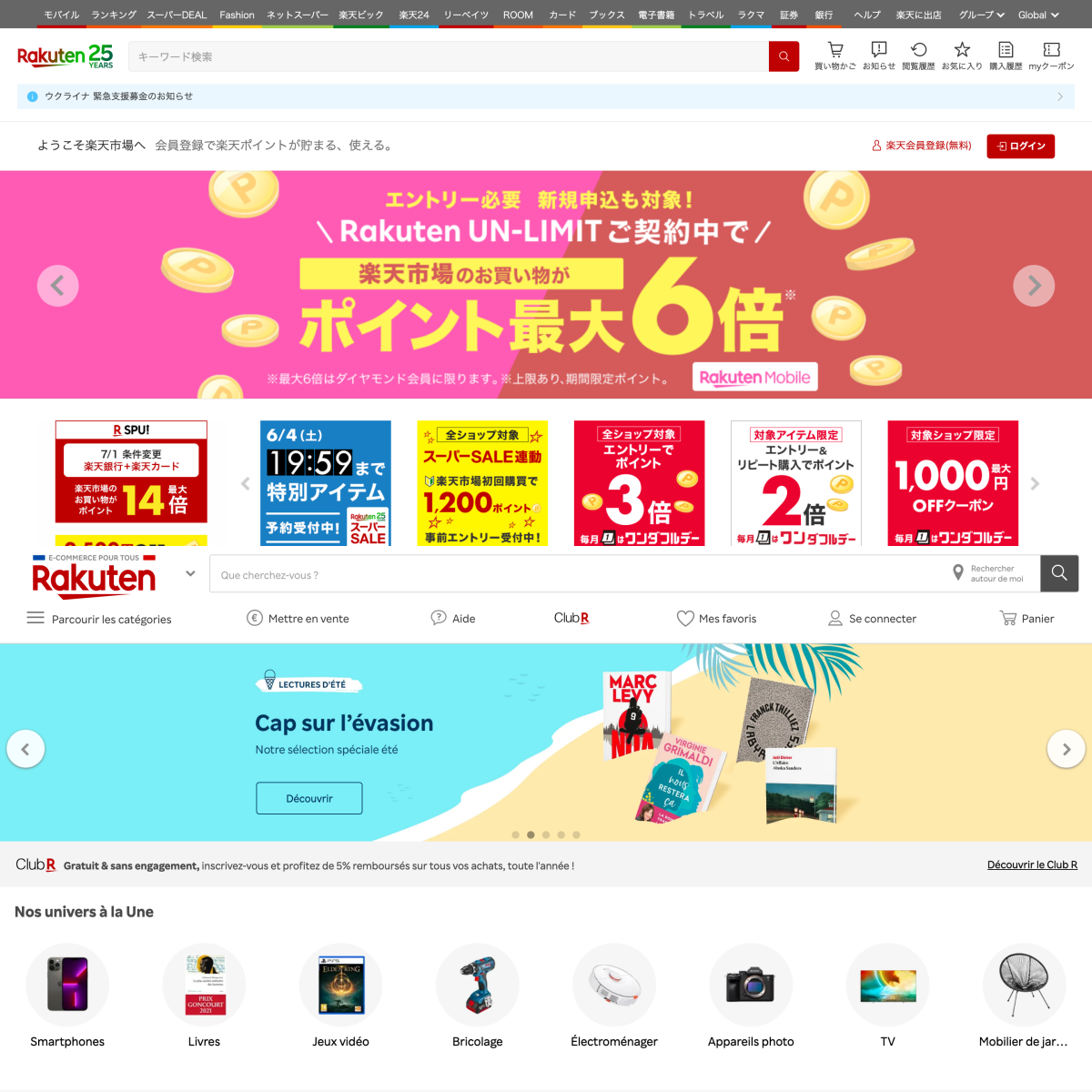Global business
How to Market a Product: 10 Promotion Strategies for Reaching New Customers

Back in the day, to market a product, you would create a commercial or take out an ad in the local paper—and that would be it. Nowadays, the product promotion landscape has changed so much that you can reach a global audience with the click of a button. However, the potential for missteps is also much higher when your audience is spread across the globe and immensely diverse: One false move, and you could end up offending an entire culture.
We hear of these stories all the time—take the example of Dolce & Gabbana offending China with its stereotyping ad of an Asian woman trying to eat pizza with chopsticks. To avoid a gaffe like this, you need to be aware of the different promotion strategies and best practices for each market—and how to properly execute them. By following the best practices in this guide and taking the time to carefully localize your product, you can promote said product successfully on a global scale without running into cultural pitfalls.

Unlock global business with the Phrase Localization Platform
Expand into new markets with all the tools you need in one technology suite for high-quality, fast, and scalable localization.
Product, price, and place before promotion
Before we get into the nitty-gritty of promotion strategies, let’s do a quick refresher on the 4 Ps of marketing: product, price, place, and promotion.
To market any product successfully, i.e., to nail the last P, which stands for “promotion,” you need to have a firm understanding of the previous 3 Ps: product, price, and place. With that in mind, let’s take a closer look at each of the other Ps in the context of effective global marketing.

Product
In order to market your product overseas, you first need to make sure there’s a demand for it in the target market. It’s important to understand the needs and wants of your target customers and ensure that your product is the right fit.
The first step is to understand the local market and your competition—this is where research comes in, which we’ll discuss more in detail in the following section.
Price
Pricing is another key element of international marketing, and it’s especially important when you want to promote a product globally. When setting a price for your product, you need to take into account the local economic conditions, the perceived value of your product, and what your competition is doing.
Some businesses choose to simply convert their prices from their home currency to the local currency, while others adjust their prices to better reflect the local market. There’s no one-size-fits-all answer here—it really depends on your product and your target market.
Place
Place refers to the distribution channels you use to get your product into the hands of your target customers. When selling overseas, you need to be aware of the local distribution channels and make sure your product is available where your target customers are looking for it.
For example, in China, ecommerce is huge. In 2021, China contributed to more than half of the world’s ecommerce retail sales, with the sales value surpassing the combined total of Europe and the United States. So, if you’re targeting the Chinese market, you need to make sure your product is available on major ecommerce platforms like Alibaba and JD.com.
Ways to promote a product in foreign markets
Once you’ve got the first 3 Ps of marketing down, you can start thinking about the last one—promotion. Getting the word out about your product and generating interest among potential customers is essential to your success, but each market is different, so you need to tailor your promotion strategy to the local culture.
Here are some best practices for promoting your product in foreign markets.
Do your research
Before you start promoting your product in a new market, it’s important to do your research on what customers really want and gain a deep understanding of the local cultural context they’re embedded in. This will help you avoid any potential cultural missteps and better tailor your promotion strategy to the target market.
Some questions you should ask yourself during market research include:
- Who are my target customers?
- What are their needs and wants?
- How do they consume media?
- What social networks do they use?
- What trends are popular in the local market?
- What is the general attitude towards marketing and advertising?
- Who are the key influencers in the target market?
- What are the needs, interests, and preferences of the target audience?
- How do local values and traditions affect their purchase behavior?
- At what price are they willing to buy your product?
- What is your unique selling proposition (USP) over local competitors?
Localize your storytelling
Traditional translation isn’t enough when it comes to marketing—you need your content to resonate with the target audience on an emotional level. Just like you use storytelling to connect with customers in your home market, you need to do the same in foreign markets.
This is where localization comes in. Localization is the process of adapting your content to the target market beyond just translating the words. It takes into account the local culture, customs, and values to ensure that the entirety of your content—text, layout, images, colors, etc.—appeals to the target audience.
Whatever channel you choose to market your product, localizing your message gives your brand more credibility and helps you get more conversions. Speaking the language of the target audience will help raise awareness around your product—40% of global consumers won’t buy a product listed in a language other than their native tongue.
Your target audience must be able to identify with your brand’s story. Whereas some elements work cross-culturally (e.g., a happy ending), others are interpreted differently based on the cultural imprint and personal experience. Therefore, it’s crucial to align with the core values of your potential customers, which may differ from country to country.

Similar but not quite the same: The website design of Japan-based Rakuten in Japanese and French
Invest in transcreation for the most creative content
Transcreation is the process of adapting creative content, such as marketing collateral, ad campaigns, and taglines, to a new cultural context while maintaining the original intent and style. In other words, it involves rewriting a text to adapt it to a specific culture or target audience. So it’s not only about linguistics but also about emotions and culture.
Transcreators usually come into the picture when you need to adapt the most creative elements of a piece of content: They might customize slogans, jokes, and even emojis to be culturally relevant in each local market. Other than translators, who always start from a text in the source language, transcreators start from a creative brief including ideas and concepts that the text should trigger.
For instance, Japanese parents don’t use the story of a stork delivering babies to explain how their children arrive. Instead, they tend to explain that babies come from a giant floating peach. A diaper company from the UK aiming to increase sales in Japan would benefit from adapting its marketing to take advantage of this local myth.
Leverage international SEO (search engine optimization)
In a digital world, another good way to answer the public’s needs when promoting your product is multilingual SEO. Especially if you’re on a tight budget, you might want to try improving the organic SEO reach of your website before spending money on pay per click (PPC), i.e. search engine advertising (SEA). Here, too, it’s not just about translating the keywords you already targeted for your home market.
International SEO requires a thorough strategy that starts with some market research to define which audiences may be interested in your product and find out what’s important to them. Next comes competitor research, which will help you find new opportunities, especially if your competitors are not currently optimizing their content for your target market.
To be successful in SEO, you need to take care of its 3 key aspects: technical, off-page, and on-page. A holistic approach that considers all of them simultaneously is essential to get better visibility and return on investment (ROI).
How to make the most of international SEO
International SEO is one of the best promotion methods for expanding the global reach of your website. Here’s all you need to know to get started.
Launch introductory offers in each market
Everyone loves a good deal. That’s why promotion and introductory offers are such powerful marketing tools—and you can use them to your advantage when you enter new markets. If done right, an introductory offer can increase brand awareness and create a solid customer base that will stay with you even after the promotion ends.
Beware, though: Each culture has a different relationship with money and gift-giving, so make sure you don’t come across as cheap or ungenerous. Do your research to find out what’s appropriate in each case.
Partner with local companies
One of the best ways to enter a new market is by partnering with a local company that already has a good reputation there. This can help you get your foot in the door and start building trust with potential customers. In most cases, it’s best to partner with a company that complements your business rather than competes with it.
For example, if you’re a SaaS company about to release a new task management app for small businesses, teaming up with a local accounting software provider would give you a chance to be featured on their website or blog and reach their customer base. You could also offer a discount to customers who buy both products, which would incentivize the partnership and create a win-win situation.
Work with social media influencers
Social media influencers can be a powerful force in promoting your product to a new audience. In most cases, it’s recommended to start off working with micro-influencers, who have fewer followers but are more engaged with their audience. Micro-influencers usually have a high level of trust with their followers, which can translate into sales for you.
To find the right social media influencers to work with, start by looking at who’s already talking online about your product. There are many tools on the market that can help you track mentions of your brand, keywords, or competitors in media such as blog posts or in questions asked in forums.
Collect local reviews and testimonials
Reviews and testimonials from local customers can be very helpful in promoting your product to a new audience. They serve as social proof that your product is worth buying and can help you build trust with potential customers.
While you can always start off by translating and republishing the reviews and testimonials you already have, it’s also a good idea to try to get new ones from customers in each target market. You can do this by asking customers to leave a review on your website, social media page, or a popular local review site. You can also offer discounts or other incentives in exchange for reviews.
Create local content
One of the best ways to reach new audiences is by creating local content that’s relevant to them. Take the example of MrBeast, the highest-paid YoutTuber globally: With a strategic focus on creating local content, MrBeast has amassed a following of over 100M subscribers by producing videos with a strategic focus on local content.
Content marketing has the power to attract new customers, build trust, and establish your brand as an authority in your industry. It’s an essential part of any marketing strategy, and it’s especially important when you’re expanding into new markets. The key is to make sure the content—be it blog posts, infographics, videos, or even just social media posts—is relevant and useful to your target audience.
International product marketing is all about localization
Ultimately, the key to marketing a product globally is implementing an effective localization strategy that takes into account the needs and preferences of each target market.
By understanding the local culture and creating relevant content, you can connect with potential customers on an emotional level and promote your product more effectively.
By following the best practices in this guide and taking the time to properly localize your product, successful global expansion can be within reach in no time.
Speak with an expert
Want to learn how our solutions can help you unlock global opportunity? We’d be happy to show you around the Phrase Localization Platform and answer any questions you may have.





